The Rätikon High Trail is a captivating multi-day trek that winds along the rugged border of Austria and Switzerland, tracing the limestone peaks of the Rätikon range, part of the Central Eastern Alps Widely known also as the Prättigauer Höhenweg, this high-altitude trail offers sweeping alpine cliffs, flowering meadows, glacier-fed lakes, and traditional mountain huts—including Lindauer Hütte, Totalphütte, and Schesaplanahütte. Rätikon High Trail Trek Switzerland.
What makes this trek stand out is the combination of cultural heritage and alpine grandeur: you’re hiking ancient shepherd routes, crossing international borders, and witnessing peaks like Schesaplana (2,964 m)—the highest in the Rätikon
Best Time to Visit
Summer through early autumn—June to September—is ideal. During this period, mountain huts open, trails are snow-free, and weather is relatively stable Outside these months, lingering snow and closed refuges can make the trek risky, even impassable.
How to Reach
- By Air & Train: Fly into Zurich, Innsbruck, or Geneva. From there, take regional trains to central hubs like Landquart (Switzerland) or Bludenz (Austria).
- Trailheads: Begin at St. Antönien via post bus from Landquart—this gives access to the Swiss start of the trailOn the Austrian side, Brand in Vorarlberg offers access by road and cable car up to Lünersee for certain sections
Entry Fees and Permits
No entry fees or permits are required for the Rätikon High Trail itself. Huts charge half-board fees around 60–90 EUR/CHF per night depending on country and season—subject to change alpineclubvienna.org. Cable cars like Lünerseebahn on the Austrian side may have separate fares. Rätikon High Trail Trek Switzerland.
Food Availability and Meal Options
Mountain huts provide hearty local meals—think soups, stews, and bread-filled platters. Dinner plus breakfast (half-board) is the standard. In Switzerland, Schesaplanahütte and Carschinahütte ensure full meals but may have strict meal schedules Strava. Always carry snacks like nuts or energy bars for between-hut stretches.
Packing List and Essentials
Be prepared; alpine terrain doesn’t tolerate shortcuts:
Safety Tips & Local Regulations
- The trail is rated T2: mountain hiking, non-technical but requires sure-footedness
- Prepare for steep drops, loose scree, and weather shifts, particularly in exposed areas like Schesaplana saddle
- Navigation can be tough in fog or snow—use offline mapping tools or GPS support
- Mountain huts maintain alpine etiquette—reserve ahead, respect quiet hours, carry out waste.
Tips for Beginners
- Not beginners-only—but approachable for fit hikers with proper prep and respect for exposure.
- Local hikers advise good hiking boots and poles for safety
- Starting with shorter day hikes can help acclimate to alpine terrain.
- Consider booking huts early and research stages to avoid overly long daily distances.
Local Customs or Cultural Etiquette
- You’ll cross international borders, so be respectful of Austrian and Swiss hiking cultures.
- In Switzerland, trail precision and punctuality are valued; in Austria, friendly and relaxed mountain hospitality prevails.
- Huts are communal—be courteous during meals and rest times.
FAQ – Smart Answers for Smart Hikers
How long does the trek take?
Typically 3 to 4 days, covering around 40–50 km with substantial ascent and descent
What is the difficulty level?
Moderate to challenging, with exposed ridgelines, rocky terrain, and variable weather. Not technical climbing, but alpine savvy is required.
What is the altitude range?
Trails range from ~1,600 m to peaks at ~2,965 m (Schesaplana)
Are there restrooms?
Yes—mountain huts provide basic facilities. None on trail sections.
Is mobile reception available?
Very limited on ridgelines. Use offline maps; navigation gear is essential
How many kilometers per day?
Expect 10–20 km per day, depending on elevation and pace.
Do I need a guide?
Solo hiking is doable if experienced. Beginners may prefer guided or group options, especially for border crossings and exposed trails. Rätikon High Trail Trek Switzerland.
What about water?
Huts offer potable water. Carry a refillable bottle and purification if refilling from streams.
Final Thoughts
The Rätikon High Trail offers something rare: a chance to walk on an alpine border, beneath limestone giants, between huts humming with mountain history. It’s physical, yet supremely rewarding—an immersive blend of nature, challenge, and heritage. With steady preparation and alpine respect, it’s an unforgettable journey across two countries and into the heart of the Alps. Rätikon High Trail Trek Switzerland.
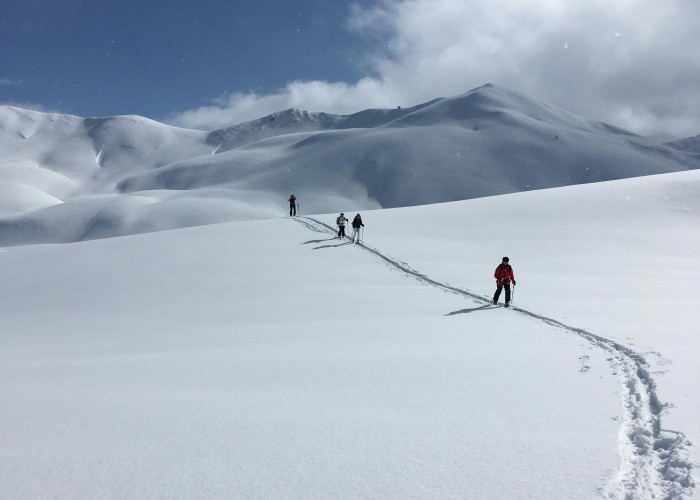
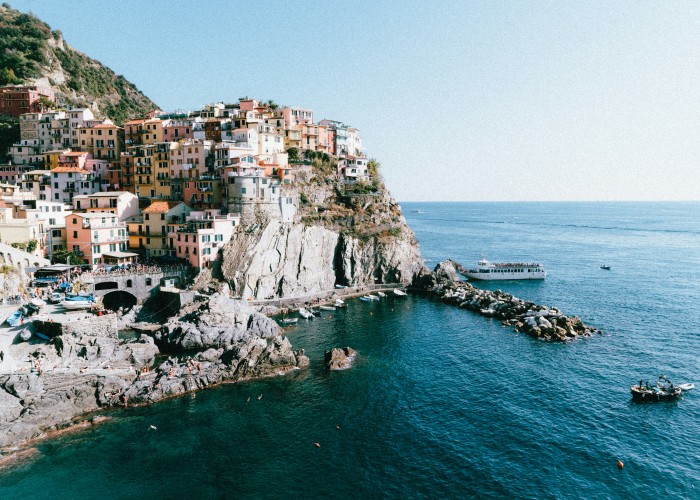
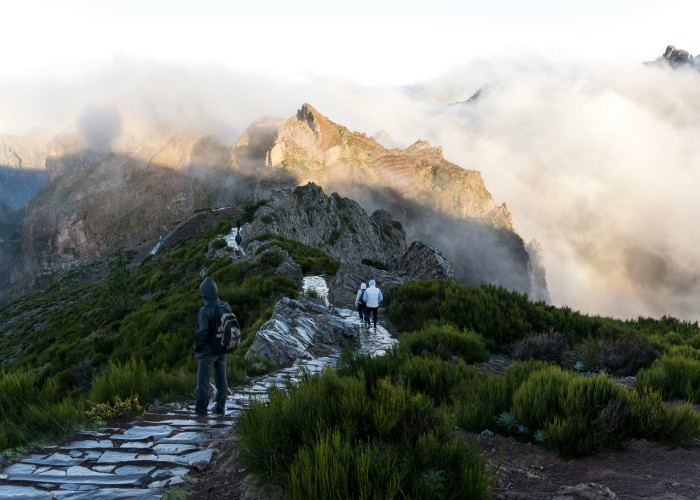
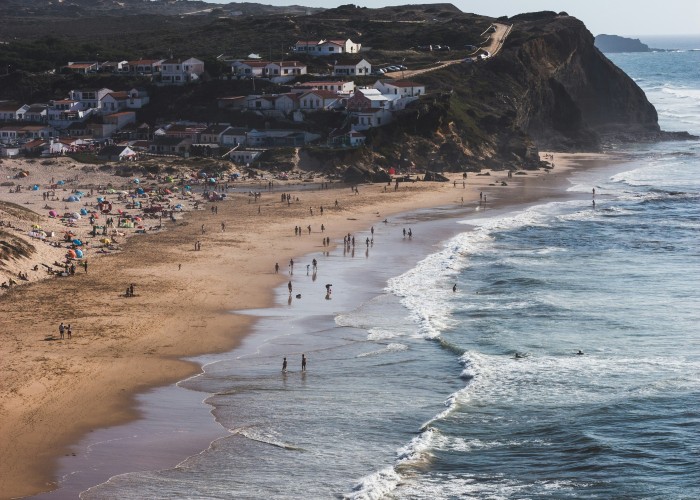
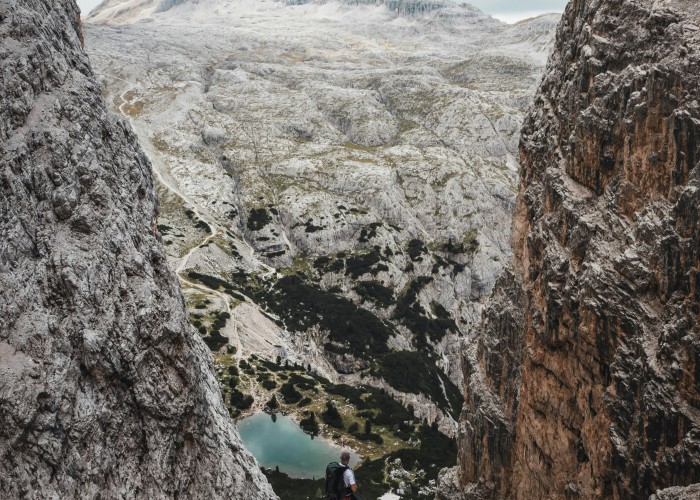
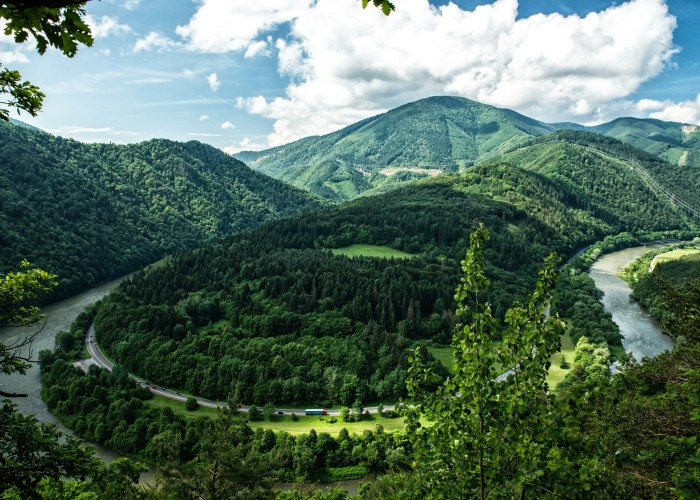
Leave a Reply